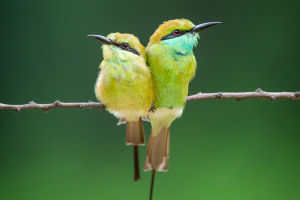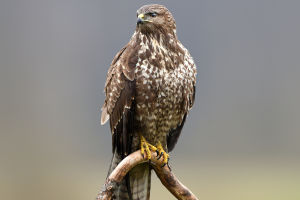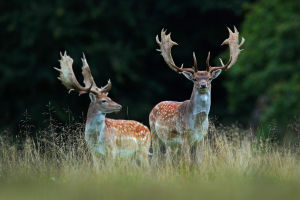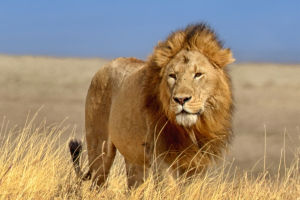
The Asian green bee-eater (Merops orientalis) is a strikingly colorful and agile bird found across Asia and parts of the Middle East.
With its vibrant plumage and graceful flight, it is a favorite among birdwatchers and nature enthusiasts.
Appearance
The Asian green bee-eater is a small bird with a mesmerizing appearance:
Plumage: Its body is predominantly bright green, with a golden sheen on the head and a splash of turquoise under its throat.
Tail Features: A pair of elongated tail feathers adds elegance to its silhouette, particularly noticeable during flight.
Size: This bird measures about 16-18 cm (6.3-7.1 inches) in length, including its tail.
Habitat and Range
This species thrives in a variety of environments:
Habitats: It is commonly found in open woodlands, grasslands, agricultural areas, and near water bodies.
Geographic Range: Widespread across India, Southeast Asia, and parts of the Middle East, it adapts well to diverse climates.
Behavior and Diet
The Asian green bee-eater is an insectivore, with a diet that primarily consists of flying insects:
Preferred Prey: Bees, wasps, dragonflies, and butterflies make up the majority of its meals.
Hunting Style: True to its name, it catches insects mid-air, often returning to a perch to consume its prey. Before eating bees or wasps, it removes their stingers by skillfully rubbing them against the perch.
Social Structure and Communication
Flocks: These birds are often seen in small groups or pairs, though larger gatherings occur during migration.
Calls: Their high-pitched, melodious chirps are commonly heard in the morning and evening, adding a cheerful note to their environment.
Perching Habits: They favor low-hanging branches, wires, and fences for perching between flights.
Breeding and Nesting
Breeding Season: Depending on the region, breeding occurs in spring and summer.
Nest Construction: Unlike many birds, the green bee-eater digs burrows in sandy banks or flat ground, creating tunnels that can reach up to 3 feet long.
Chicks: Females lay 4-7 white eggs, and both parents share responsibilities for incubation and feeding.
Ecological Importance
The Asian green bee-eater plays a significant role in ecosystems:
Pollination Support: By preying on insects, it helps control populations of agricultural pests, indirectly benefiting crop health.
Indicator Species: Its presence often indicates a healthy, biodiverse habitat.
Fun Facts About the Asian Green Bee-Eater
They are capable of remarkable aerial acrobatics while pursuing insects.
Despite their name, they eat more than just bees, making them versatile predators.
They often bathe by skimming over water surfaces during flight.
Lykkers, the Asian green bee-eater reminds us to marvel at the vibrant beauty of nature and the interconnectedness of life. Whether in fields or near rivers, these dazzling birds bring color and harmony to their surroundings. Observe them, and let their grace inspire your day!


